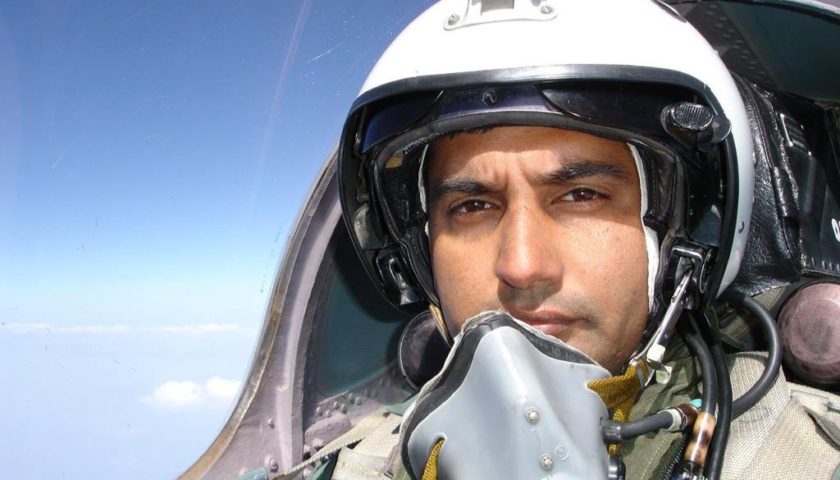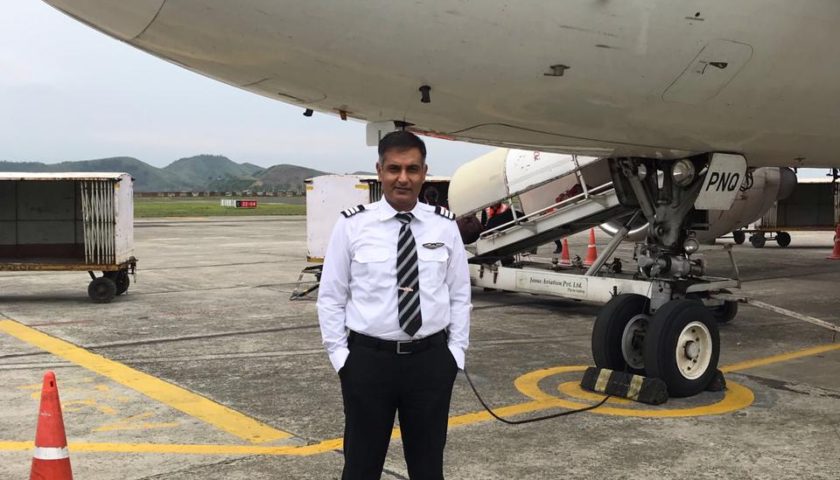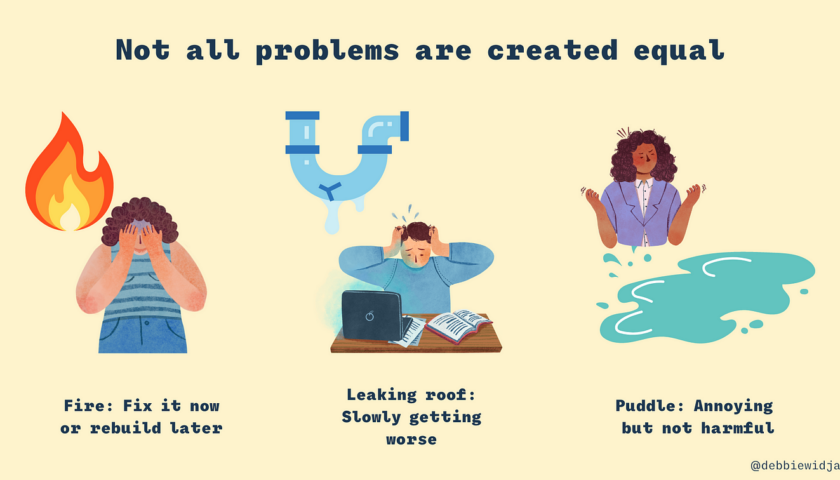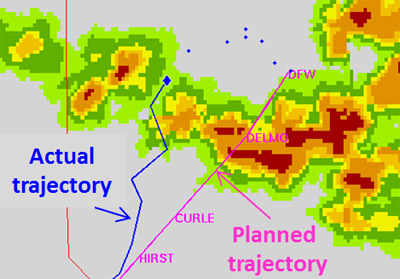“Learning to fly an airplane taught me a way of thinking, an approach to problem-solving that was applicable and effective. Pilots are very methodical and meticulous, and artists tend not to be.”
Chris Carter
What makes a pilot good at what he/she does? Obviously it is not just training.
Becoming a pilot is about more than training and building flying skills. Beyond the technical abilities required to earn their wings, pilots must also develop a balance of leadership skills, discipline, critical thinking skills, and a proper attitude. And while no two pilots are exactly the same, there are several qualities that are common among successful pilots. Pilots need to be lifelong learners, and sharing our knowledge and experiences with each other plays an instrumental role in our collective improvement.

Today we will meet a top-notch instructor, well-heeled military professional, and a successful airline pilot who will explain to us just that. Gp Capt Anurag Sharma, VSM, (Retd) was commissioned into the fighter stream of the Indian Air Force on 18 Dec 1993. During almost 24 years of service, he has flown a variety of fighter and trainer aircraft with Su-30 MKI and Jaguars being his primary aircraft. He has more than 4400 of military flying to his credit. Alumni of NDA, he is a Cat A QFI, an Air Force Examiner on Jaguar and Su-30, commanded a Su-30 MKI Sqn, and was also the Chief Operations Officer of a Su-30 base. He also holds an MSc ( Def Studies) degree from DSSC and an M Phil in Defence strategy from the School of Advanced Air and Space Studies ( SAASS), USAF. Presently he is employed with an Airline as an A-320 Captain.

- You started your career in aviation as a military pilot. Tell my readers something about your career and military aviation and what you liked and disliked most about it?
Ans: A career in military aviation is a dream come true. Only if you have the passion for military flying in general and fighter flying, in particular, are you likely to opt for such a job? Since I first saw MiG-21 aircraft take off at sunrise at Air Force Station Pune as an eight-year-old, I was hooked onto it. Since then the desire to be up there with those magnificent men kept growing stronger. At the first instance, I grabbed the opportunity to make military flying as my career. Joining NDA ensured that I would have shut all other options and single-mindedly followed my dream. On 18 Dec 1993, when I was commissioned into the Indian Air Force as a fighter pilot at the end of a four-year training (3 years at NDA and 1 year in Air Force Academies) the pursuit for happiness had come to an end. But really, the journey had just begun! In the next 24 years, I would get an opportunity to fly a variety of fighter and trainer aircraft, experience the thrills of extreme flying, travel around the country and even abroad, and do things that perhaps less than 1% of the population around the world is blessed to experience. Flying the SU-30MKI was a privilege that I’m most grateful to God about! Frankly, I have no regrets that I chose fighter flying to be my career. It defines me!
- Before you earn the most coveted wings, what kind of training does a military pilot undergoes?
Ans. Pre-commission flying training in the IAF is for a duration of 12 months involving two semesters of six months. All flying trainees first undergo six months of basic flying training at Air Force Academy, Dundigal, Hyderabad on the Pilatus 7 turboprop aircraft. Some trainees who have joined through NDA have some previous air experience on the Super Demona powered glider aircraft as well.
Stage I. In this basic stage, as it is called, trainees are trained in basic piloting techniques, solo flying, aerobatics, navigation, and instrument flying. The training is oriented towards making each one capable of flying a fighter aircraft. The training standards are very high and the curriculum very strict. A necessity to ensure that only suitable candidates make it to the next stage. At times the rejection rate could be as high as 20-25% as well. At the end of the basic stage, the trainees are trifurcated into fighter, transport, and helicopter streams of the Indian Air Force. This selection is based primarily on IAF requirements and candidates’ skill & aptitude assessments by the training staff.
Stage II. The trainees proceed to their respective training establishments. Fighter trainees move to Hakimpet, Hyderabad for training on Jet trainers (Kiran), transport trainees move to Yelahanka, Bangalore for training on Dornier aircraft and the Helicopter trainees also move to Hakimpet for training on Chetak helicopter.
Passing Out. On successful completion of stage II training in their respective streams, all trainees move back to Air Force Academy for their Commissioning and passing out Parade along with their other Ground Duty batchmates who have been undergoing training for other branches of IAF; Administration, Air Traffic Control, Logistics, Metrology, Accounts and Engineering. The Supreme Commander of the armed force, the President of India grants commission to all the graduating officers and the trainee pilots earn their coveted wings. Your chest swells with pride as the flying brevet is pinned to your left chest, close to your heart, because deep inside we all know how tough it was to ride through the test of fire and earn those Wings. It is not for no reason that it is said, ”Not all the Gold in the world can ear you your Wings; and once you have them Not all the power in the world can take them away from you!”
- What role does military education play in the process of becoming a pilot? You are a graduate, a leader, and an officer simultaneously. Can you elaborate on the attitude/aptitude that is required to be successful?
Ans. The profession of arms involves war, killing and destruction. There is no place for runners up in war. It is a test of character and officers are required to lead men/women into battle, show impeccable character in times of crisis and make tough decisions involving national security and the lives of citizens. That is precisely why the selection process for officers is so stringent. It is said that you would be a military pilot for perhaps 20-25 years, an officer in uniform for about 30-40 years but a human being for life. Hence the basic character needs to be strong and developed further through Military education as you progress in your career.
Talking of military flying per se, modern machines are complex technical designs and require good knowledge to not only operate the on-board systems but also to exploit them to their fullest. Military combat is about survival and only those who have the Knowledge, Skill and Aptitude will come out victorious. Remember, the enemy is also training hard! This as much a mind game as it is of skill. That is why education, skill development and basic character development is so important. It’s a life-long learning cycle
- What kind of professional progression is there in military? What courses did you undergo?
Ans. Once you are assigned stream- fighter, transport or helicopter, you undergo further training in the basic roles of these streams. This is for a period of about a year and then you move further to different aircraft in your stream. This aircraft becomes your aircraft for the next 7-10 years or maybe for your entire flying career. For example, the fighter pilots undergo 1-year training on Hawks at Bidar near Hyderabad or Kalaikunda near Kharagpur, West Bengal and then sent further to various fighters such as Su-30MKI, Jaguars, M-2000, Mig-29 etc. Similarly, after about 1 year of training on transport or helicopter basic riles’ training the pilots are sent o various airplanes. So effectively after 2 years of flying training, the pilots finally get to fly their first operational aircraft. The end of every stage ushers in a new stage and new challenges. As you gain experience and skill the flying envelope opens up for you and you gain various qualifications to undertake various operational roles in different types of terrain (mountains, sea, deserts) weapons and missions. The training involves a stipulated syllabus of ground classes, simulator and flying.
Professional Course. At 6-8 years of service, you are selected on merit for your first major professional flying course. You get an opportunity to become a Qualified Flying Instructor (QFI) and teach at the training academies or enhance your combat skills and become a Fighter/ Transport/ Helicopter Combat Leader (FCL/TCL/HCL) and teach combat to other pilots in your stream. And this opens up further doors of career progression for you based on your skill aptitude and hard work. You could choose to become a Test Pilot (which is perhaps the most strenuous course in the Air Force), upgrade your Instructional category to Cat A or and so on.
- You are CAT ‘A’ Flying Instructor. What is the most important qualities and skills you look for in a military pilot?
Ans. Like I mentioned earlier, a military pilot requires a combination of skill, knowledge and aptitude/ attitude. Skill can be taught; knowledge can be acquired but aptitude and attitude is a part of your character. The difference between Lord Ram and Raavan was attitude! So in my opinion, your attitude is the most important trait which will govern whether you use your skill and knowledge effectively and productively or not. Many lives and high stakes are resting on the shoulders of a military pilot.
- After retirement you have been working in commercial aviation as a Captain. How do you compare military training vs civil aviation training?
Ans. Once you graduate from active flying duties to a desk job, you miss the cockpit. This is what prompted me to shift to commercial flying. Commercial flying is a different cup of tea. Military flying is about winning wars even at the cost of your life and Commercial flying is about transporting people safely and efficiently. Military flying is more skill-based whereas commercial flying is more procedure-based operation. Hence there is a basic shift in orientation and training. However, no matter what your objectives in flying safety is never compromised. Never! All aircrew are trained to ensure safe operations all the time. No matter what the mission, human error-related accidents are not acceptable and that’s the common thread between military and commercial training.
- Aerobatics, formation flying, low-level flying, military operations are charms of military aviation. How is a military mission different from a commercial operation?
Ans. Military missions especially when engaged with the enemy are a matter of life and death. The enemy is as skilled and trained as you are and their aim is to prevent you from achieving your objective. Hence you need to fly the plane to its operational limits, exploit its systems precisely and decide in a fraction of a second because your life depends upon it. From mission to mission the skill required could be very different. Sometime you could be dropping a smart weapon in the hills and next mission you could be providing air cover to some other strike aircraft. The variety of roles and weapon delivery that modern airplanes can perform tax the pilots. In fact, the pilot is the limiting factor, not the machine. Hence military missions are very stressful and require a broad training and knowledge base.
Commercial flying is all about carrying passengers and cargo from one place to another safely… day in and day out. For an external observer, the airplane flies in the same manner in every flight. Hence it is less challenging from the point that the full envelope of the airplane is never exploited; you always perform only one role- flying from place A to B. Automations have eased the fatigue levels but at the same time increased the operating envelop too. You are expected to take off in 125 M ( almost the size of a football field) visibility, land in near-zero visibility and fly in bad weather because people need to get to places in time. So while the roles may have reduced to one, the responsibility of carrying 100-500 people safely is huge…. Huge. AND it does play on your mind.
- Commercial aviation extensively relies on technology for ground classes and flying training. Do you think the military can also use simulators to cut down on training time and cost?
Ans. Modern simulators are an excellent platform for training. They not only cut training costs but also provide a safer training environment. Military flying training too has progressed to extensive simulator training and all modern military airplanes have simulators and formal training capsules are an integral part of military training these days.
- You have vast experience in training and mentoring, what changes you would like to see in training pattern of civil and military training?
Ans. Training is a continuous learning process! As machines change, so do the challenges and the requirements. Therefore, training patterns must be continuously reviewed, evolved and modified to suit the need of the hour. Both civil and military training is evolving to make it safer and better. Greater use of simulators in military flying training and skill-based training in civil flying are things that can perhaps be focussed on a little more.
- What are 3 most important things to have a successful career in aviation?
Well its difficult to pen down just three… but if I have to I’ll say
- Attitude
- Knowledge
- Skill
Thanks Anurag for your time and input.
I hope you enjoyed this article as much as I enjoyed bringing it! If you want to share your knowledge about aviation and flying, please share your best tips and experiences in the comments below.
Happy Landing.



